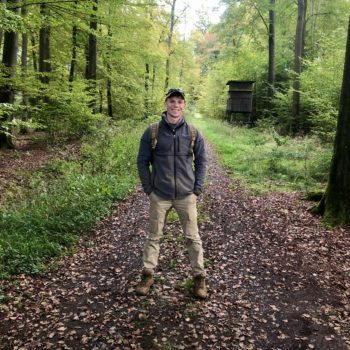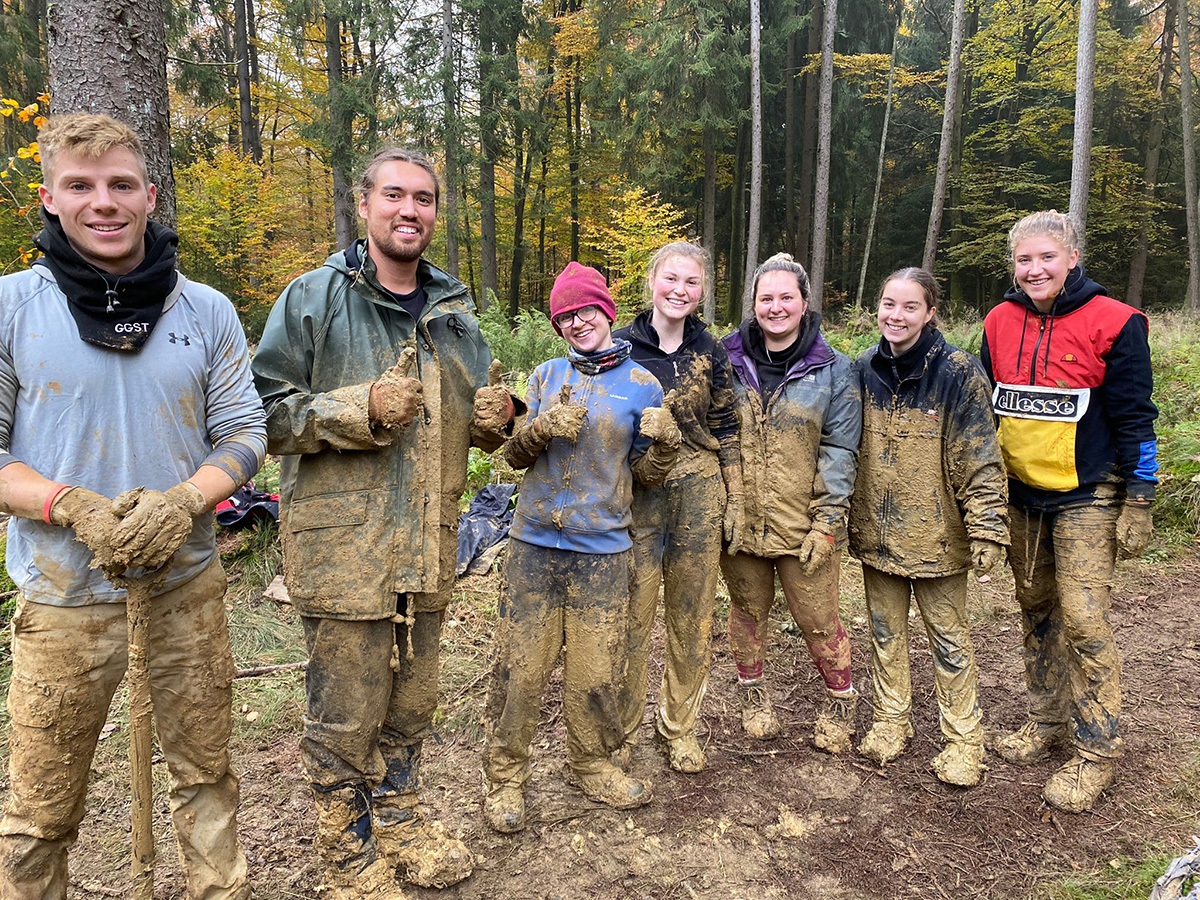
As the nation honors its heroes on Veterans Day, Texas A&M University history Ph.D. student Tristan Krause is preparing for a trip to Germany. Krause is working as the historian on teams commissioned by the U.S. military’s Defense POW/MIA Accounting Agency (DPAA) helping to locate and bring home the remains of missing American soldiers lost in conflict.
According to records compiled by the Defense POW/MIA Accounting Agency (DPAA), almost 82,000 American soldiers — from World War II, the Vietnam War, the Korean War, the Cold War and the Gulf Wars — are still missing or unaccounted for. Finding and bringing these missing soldiers home is at the core of the military’s “no soldier left behind” code.

Yet it is also a daunting challenge, complicated by the passage of time. To take on that challenge, the DPAA assembles interdisciplinary teams of historians, archaeologists, geneticists, anthropologists, geologists and others, each of whom has expertise in a field essential to the process of finding and identifying missing soldiers. Historians, Krause says, play an important role.
“The first step in finding someone,” Krause said, “is to thoroughly understand the context for what is essentially their worst day ever, which requires poring over an inordinate amount of historical sources. That helps us pinpoint the site for the dig. Once we’re on site, the historian is there to identify artifacts and continue piecing the story together.”
It’s work Krause finds incredibly gratifying. “It’s a tangible, tactile form of history that’s fulfilling an important commitment,” he said.
This past summer, Krause was able to travel and participate in two DPAA digs in Sicily and Belgium, using his skills as a historian to help find missing soldiers and bring them home. “It’s both personally and professionally important that I’m able to work on these digs in the summer,” Krause said. “If I want to launch a career with the DPAA, I need to get as much experience as I can working with other specialists in the field.”
Education And Public Service Roots
A picture of how history and service could intersect began to take shape for Krause in an undergraduate course at the University of Wisconsin-Madison on the process of recovering and identifying the remains of U.S. soldiers killed in World War II in New Guinea.
“We learned that, in order to find these bodies, you have to understand the history of the campaigns,” Krause said. “That’s how you find clues about where to find the bodies, give them a name, and bring them back to their families. I thought ‘OK. This is what I want to do.’”
Krause got his first opportunity to be part of a field research team that traveled to France to find a missing soldier from WWII.
After weeks of work, the team was able to locate and identify the remains of Walter “Buster” Stone, from Andalucia, Alabama, who died when he crashed his single-engine plane.
“It’s a really powerful feeling for the whole team when you succeed — exciting, but somber at the same time,” Krause said. “You just stop, take your hats off, and reflect on the fact that this guy has been lost for almost 75 years and you’ve found him. You figure he would want some company after all that time and you know his family is going to get some closure.”

Joining Texas A&M
After being a part of that successful mission, Krause knew grad school was the next step in acquiring the knowledge and experience he would need to make a career out of the work he was so passionate about. He chose Texas A&M because of the university’s military ties and emphasis on public service. In researching graduate programs, Krause had also made a strong connection with history professor and mentor Adam Seipp.
“I spoke to Dr. Seipp on the phone when I was researching grad schools.” Krause said. “We clicked right away. He is familiar with the DPAA’s work and was an instant supporter. He explained to me that Texas A&M has a lot of ties to federal internships with the branches of the military and sends a lot of graduates to work at the DPAA. It felt like the right place for me and it has worked out great.”
Seipp, who is now the associate dean for graduate studies in the College of Arts and Sciences as well as a professor in the Department of History, is equally impressed with Krause and sees the work he does as a potential track for other humanities graduate students.
“Tristan’s field work demonstrates some of ways that the study of the humanities can make a valuable contribution to public service,” Seipp said. “His training as a historian and his work in the field complement each other.”
Seipp has long been interested in connecting humanities Ph.D. graduates with careers outside academia. He oversees Texas A&M’s membership in The Humanities Coalition, a group of 17 universities devoted to finding innovative ways to expand career paths for humanities Ph.D.s in government, non-profit, and public service. The coalition provided funding for Krause’s trip to Sicily and Belgium.
“Students who earn humanities Ph.D.s are terrific researchers, communicators and analysts,” Seipp said.
Krause also appreciates the efforts of The Humanities Coalition to connect students with opportunities in public service. “It’s consistent with the idea that the university should be beneficial and serve the wider state,” he said.
This story was originally published by Texas A&M Today.
